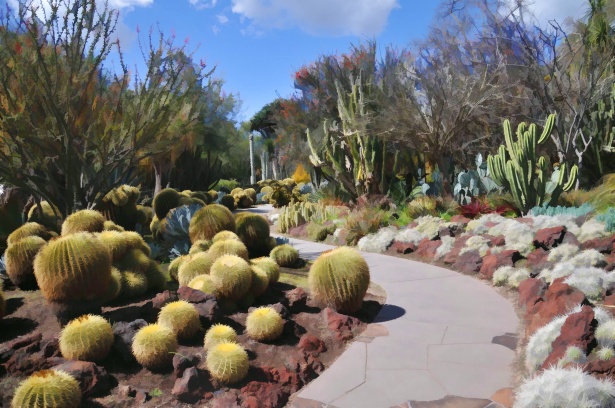
(Linnaea Mallette/publicdomainpictures.net)

(Linnaea Mallette/publicdomainpictures.net)
To this day, it still surprises me when others aren’t used to growing up in a drought. I’ve often witnessed my roommate leave the water on when she brushes her teeth or let the shower get fully warm. These actions would be considered a waste if I did them back home, but as a college student in Washington, D.C., they are simply the norm. This is because I am from California, a state which has had drought conditions for over 20 years.
Conservation has become a part of our daily lives in the Golden State, to the point where there are laws, daily habits, and lifestyle changes that Californians overwhelmingly abide by to cope with this drought. I still remember when I was five or six years old being told “don’t shower for more than five minutes” and definitely “don’t leave the water on when you brush your teeth.”
I have heard about low-flow appliances and filling the dishwater all the way before you run it since before I could talk. All of my life I had known nothing but living in a drought, and only until traveling across the country for college, did I realize how abnormal that lifestyle is.
A big concern that has always come up surrounding droughts has been the issue of grass, and more specifically, people’s yards. Having a green grass-filled front yard has long been considered wasteful in California. For example, a lawn needs about 1 to 1.5 inches of water per week, which for even a small lawn, is thousands of gallons of water per year. Only recently have people started to acknowledge this waste and make a change.


Alternatives include drought-resistant plants, stones or a hard surface, or simply choosing not to water your lawn at all. Although some people are reluctant to leave their green grasses behind, many Californians are now fond of the phrase “brown is the new green” when it comes to their front yards.
In my household, we finally decided to make the transition a few years ago, as shown in the pictures below.
We went from the wasteful green grass to a mulch-covered area with drought-resistant plants. In addition, we also got rid of our sprinklers (another big water waster) and added drip irrigation. Although there was a small cost to changing our sprinkler systems to perforated hoses, we ended up saving money in the long run with a lower monthly water bill. Importantly, drip irrigation only works when you have plants or trees and is less efficient on grass. This is just an example of one of the many ways Californians have had to adapt their everyday lives and homes to the worsening water crisis.
For as much progress that is being made now, drought conditions are a long-standing problem in my state — longer than I have been alive. It’s only recently that people have started to make changes as, in the past, the responsibility was thought to have fallen on the agriculture industry, which uses 70% of the world’s freshwater on average.
Indeed, it is true that agriculture and other sectors must also apply changes and adapt to the water crisis in California and elsewhere, but studies have shown that every single person has a role to play. For example, a government plan that would help to reduce 25% of personal water use over three years would save 1.5 million acre-feet of water. This is substantial when compared to the 8 million acre-feet of water total that goes to the residential sector or the 30 million acre-feet of water that goes to the agricultural sector in California every year.
Despite the discussion of this issue for decades, many Californians didn’t consider the issue of water waste really personal until more recently, as the effects of climate change are likely to worsen water supply in the coming years.
A lot of progress has been made by individual Californians to conserve water in their own homes, however, there are still major concerns over water use in the state. There are still massive golf courses, places like resorts in Palm Springs (which are built literally in the middle of a desert), and snowmaking — all critical areas of vast amounts of water waste. The most reasonable next step is to spread sustainable water ideas to businesses and cities in California, and even to individuals around the country.
From the examples embodied by many Californians, we have learned that it is vital for people to take responsibility for their water and to acknowledge that lifestyle changes for the sake of conservation are not only reasonable, but can be beautiful too.